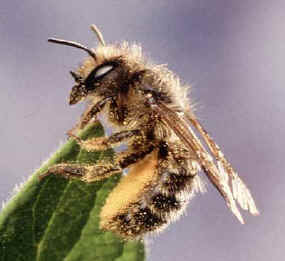The Bee Season

Late August and September is the time for hikers to be especially wary of hornets, wasps, and bees. Yellow jackets, in particular, are much more likely to sting now and in the early autumn weeks to come.
I try to be careful and have rarely been stung, but on Saturday a waspish flying insect got me twice on the wrist as I was climbing down Crane Mountain. It stung and bothered me, but that's to be expected. Later that night the site swelled, and on Sunday and Monday, the swelling, pain, and redness had spread up my arm to the elbow. Benadryl was of no use. By Tuesday, my day off, I figured I better see a doctor before the mess got any worse.
The doctor urged me to keep my arm iced and raised well above my heart, to allow the fluid from all the swelling to drain down through the lymph system. He wrote me two scripts for prednisone and an antibiotic, to be filled if the swelling progressed. It hasn't. Following the icing protocol yesterday seems to have helped.
Any person can develop an allergic sensitivity to wasps and bees at any point in their life. If pain, redness, and swelling move well beyond the site of the sting, medical attention is needed. Continued swelling can lead to cellulitis and infection.
Now I need to carry two Epi-Pens, one for my client and one for me. Actually, now that it's cooler, Sophie would love to be the guide's guide and carry all the emergency gear.
Check out this fact sheet about hypersensitivity to bee, wasp and hornet stings.

0 Comments:
Post a Comment
<< Home